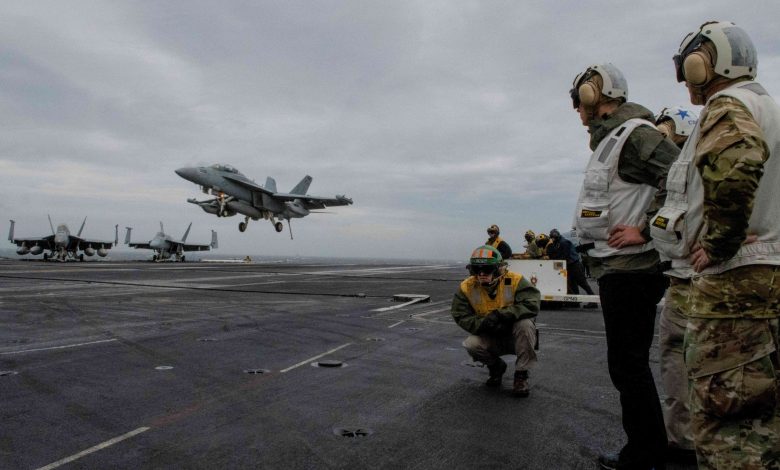Around 60 air assets from across 14 Nato allied and partner nations have begun Nato’s annual nuclear deterrence training exercise Steadfast Noon 2022.
The recurring exercise is being conducted from 17 to 30 October.
Scheduled to be hosted by a different Nato allied nation every year, the latest Steadfast Noon is being hosted by Belgium.

This iteration of multinational exercise involves the participating air forces practising and honing their nuclear deterrence capabilities. Nato has confirmed that no live weapons will be used during the drills.
The training will primarily be carried out above the north-western European region, with training sorties planned to be conducted over Belgium, the North Sea and the UK.
Among the 60 participating aircraft include fourth-generation and fifth-generation fighter jets, surveillance aircraft and tanker aircraft.
This year’s exercise also involves the participation of the US Air Force’s (USAF) B-52 Stratofortress bomber aircraft.
Throughout this exercise, the B-52 will fly out from the Minot Air Base (AB) in North Dakota.
Nato spokesperson Oana Lungescu said: “This exercise helps ensure that alliance’s nuclear deterrent remains safe, secure and effective.”

According to Nato, Steadfast Noon 2022 is in line with the organization’s new ‘Strategic Concept’, which was accepted by the leaders of allied nations at the Madrid Summit in June this year.
The newly adopted concept commits to ‘preserve peace, prevent coercion and deter aggression by continuously enhancing nuclear capabilities.
In a report, Reuters claimed that the schedule of Nato’s Steadfast Noon exercise is expected to coincide with Russia’s nuclear exercise Grom, which is usually held in late October every year.
However, Nato has confirmed that its exercise is ‘not linked to any current world events.





